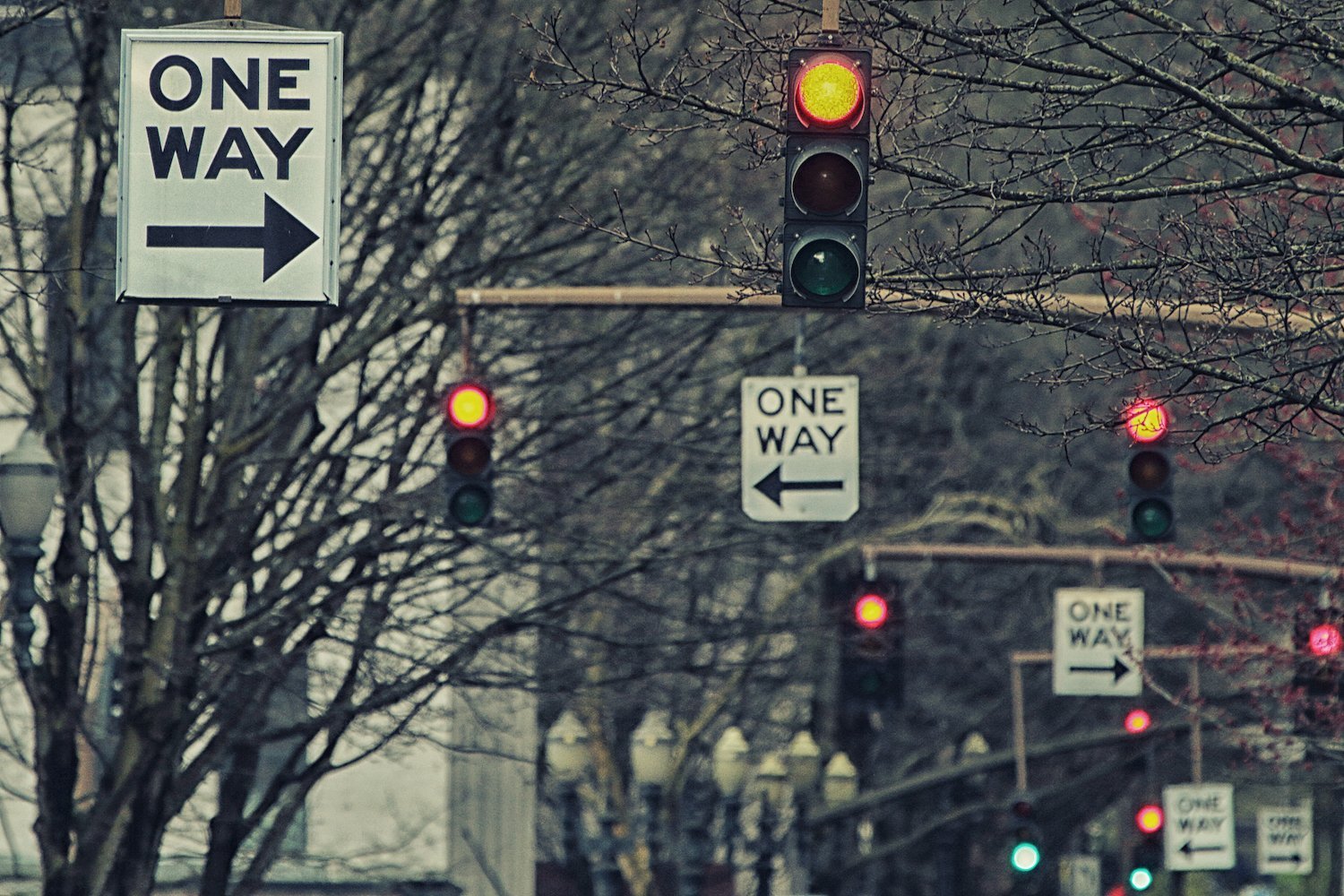Have you ever wondered how traffic lights know when it’s the right time to stop or let traffic go? A big city called São Paulo in Brazil might have just figured out a new way to do it — and put an end to traffic jams in the process.
In a city with a population estimated at around 12 million people (and 21 million in the broader metropolitan area), where 8.9 million vehicles are registered, the engineers working there had to find a technological way to deal with the constant pile-ups in the city. So they came up with this new system to program traffic lights.
It may look like rocket science, but the theory behind it is very simple. By combining coding and videos provided through street cameras, the system can detect which lane is more crowded, and then change the settings to increase traffic flow. Here’s how it works.
The system counts how many vehicles cross once the light turns green. If the system notices that a certain lane has more cars crossing while the other is slower or has fewer cars, the algorithm will recalculate how long each lane should have the green light. So far, this technology only works for crossings: one-way streets still need to rely on the old-fashioned way.
The original system worked with pre-determined schedules, which changed according to the time of the day and the day of the week; the lights changed faster during the night and on Sundays (assuming there are fewer cars, and for security reasons) and slower during rush hours, so more cars had the chance to cross each time. So, in a city where many vehicles travel each day, there is hope that coding can help people navigate better with this new feature.
And, in case you are asking yourself how pedestrian crossings work, those buttons you push to cross the street… well, they aren’t always activated. Check out our Learn More links for more information.
Learn More
Intelligent Traffic Lights in Sao Paulo
Pedestrian Signal Lights in Sao Paulo
https://www.atlasobscura.com/places/sao-paulo-pedestrian-signal-lights
Traffic Lights for Smart Cities
https://www.youtube.com/watch?v=9EBEMD7aTQ4
Smart Traffic Light
https://en.wikipedia.org/wiki/Smart_traffic_light
How do Smart Traffic Lights Work?
https://intellias.com/smart-traffic-signals/
Smart Traffic Lights
https://peimpact.com/smart-traffic-lights/
Smart Traffic Lights Ease Gridlock
https://science.howstuffworks.com/engineering/civil/smart-traffic-lights-news.htm
A Brief History of Traffic Lights
https://www.inclusivecitymaker.com/1868-2019-a-brief-history-of-traffic-lights/
First Tri-Color, Four-Directional Traffic Signal, 1920
https://www.thehenryford.org/collections-and-research/digital-collections/artifact/227457/
7 Fascinating Traffic Light Facts
https://www.cityworks.com/blog/7-fascinating-facts-about-traffic-lights/
The History and Evolution of Traffic Lights
https://elteccorp.com/news/other/the-history-and-evolution-of-traffic-lights/
Pedestrian Crossings Signals
https://toolkit.irap.org/safer-road-treatments/pedestrian-crossing-signalised/
How to Use Pedestrian Traffic Lights
https://www.epermittest.com/drivers-education/traffic-signals-pedestrians
Do Crosswalk Buttons Actually Work?
https://www.crsengineers.com/do-crosswalk-buttons-actually-work/
Placebo Buttons
https://www.nirandfar.com/your-world-is-full-of-placebo-buttons-and-thats-a-good-thing/
4 Common Buttons That Don’t Actually Work
https://www.nirandfar.com/your-world-is-full-of-placebo-buttons-and-thats-a-good-thing/

